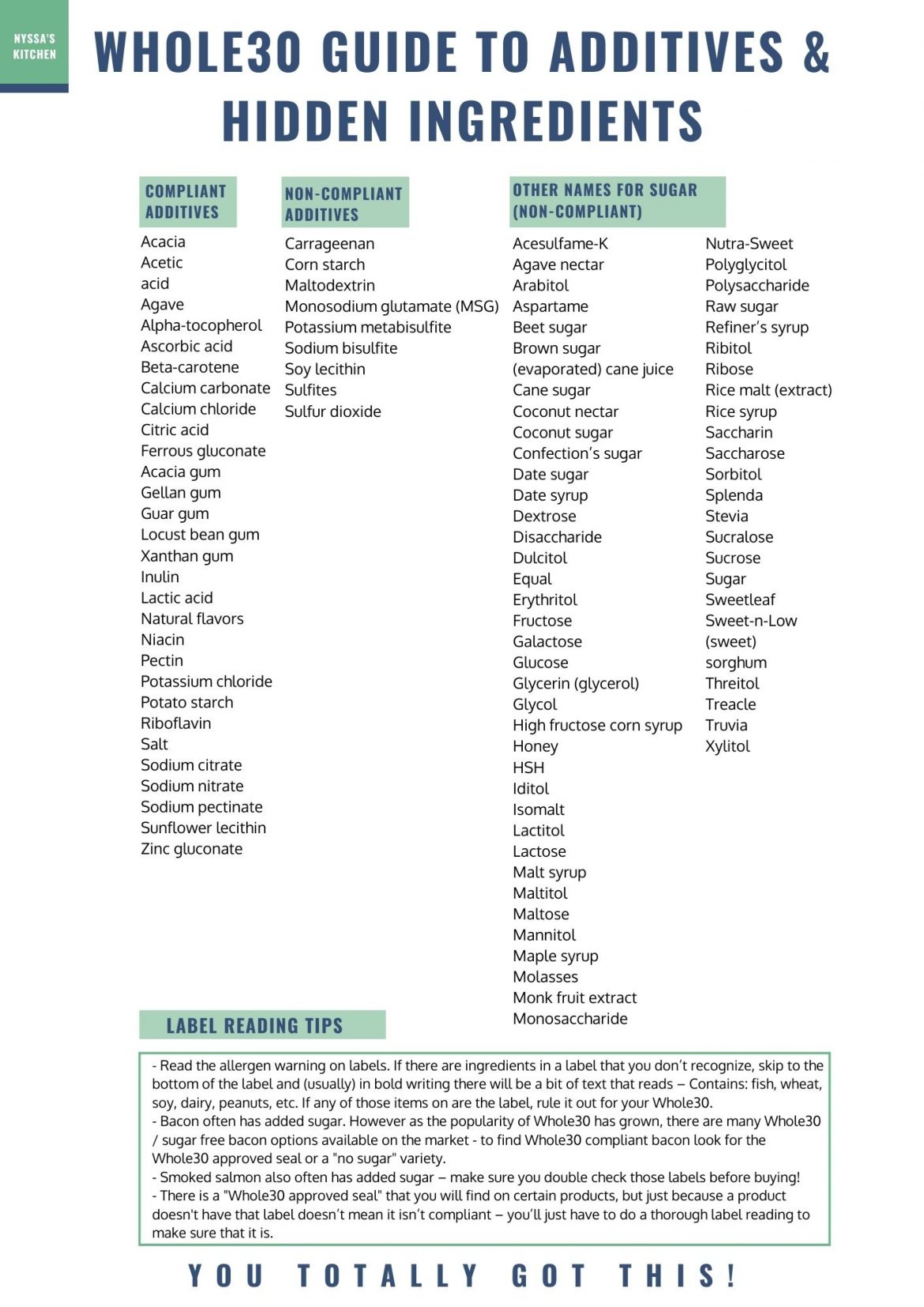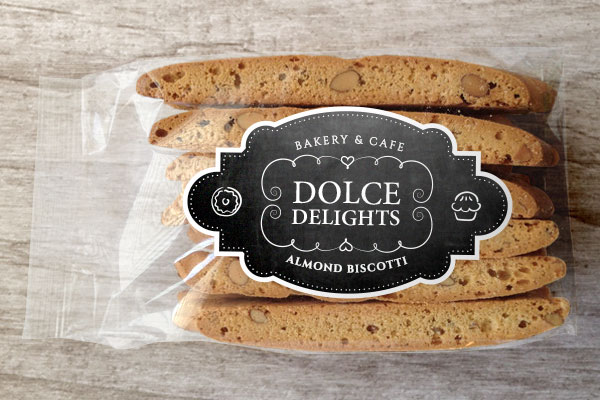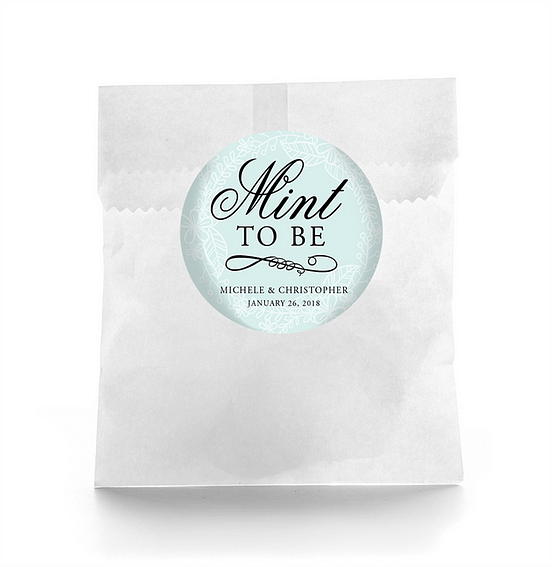41 figuring out food labels
PDF Teacher's Guide: Food Labels (Grades 6 to 8) - KidsHealth Attach the food labels to your paper to support your conclusions. Extension: Keep track of the food you eat for one day. At the end of the day, think about what influenced your food choices for that day — your parents, the school menu, advertising, food packaging, convenience, etc. Were the choices you made healthy choices? 48 Non-Vegan Food Items to Avoid – Some are Shocking! Mar 20, 2022 · Always check the label or ask to make sure your bread is vegan. Also, check out this guide to figuring out what bread is and isn’t vegan! 23. Miso Soup. Traditional miso soup contains dashi, a type of fish broth that is a common ingredient in many Japanese dishes.
Food Labels (for Teens) - Nemours KidsHealth A food with 5% or less of a nutrient is low in that nutrient. A food with 10%–19% of a nutrient is a good source of that nutrient. A food with 20% or more of a nutrient is high in that nutrient. The information on food labels is based on an average adult diet of 2,000 calories per day.

Figuring out food labels
Figuring Out Food Labels: Reading Food Labels on Vimeo This is "Figuring Out Food Labels: Reading Food Labels" by Food Choice at Work on Vimeo, the home for high quality videos and the people who love them. Figuring out Food Labels — Alice Approved Sugar is now broken up on food labels as naturally occurring sugar and "Added Sugar." Foods such as unsweetened dried fruit that do not contain sugar in the ingredients list may contain 10g of sugar, on the label but "0g of added sugar." Keep the added sugar in mind and aim for 0g added sugar! Avoid sugar alcohols and artificial sweeteners Figuring Out Food Labels | Down to Earth Organic and Natural Labeling laws identify a low-sodium food as less than 140 milligrams of sodium per serving 1. Get enough of total carbohydrates and protein . The best way to get enough carbs is to eat fruits, vegetables, and whole grains. According to the Dietary Guidelines for Americans 3, women need 25 grams of fiber per day, and men need 38 grams per day.
Figuring out food labels. Reading Food Labels (for Parents) - Nemours KidsHealth Food labels must include the ingredients that are in the product, listed in order of how much of the ingredient the food contains. Food-makers are required to clearly state on food labels whether the product contains these common food allergens: peanuts, tree nuts, milk, egg, fish, shellfish, soy, and wheat. How to Read a Food Label | Atkins Here's what you should be aware of on a nutrition label: Serving size (if you have more than one serving, be sure to add in the carbs) Total carbohydrates expressed in grams Amount of dietary fiber expressed in grams (subtract from total number of carbs to get the net carb count) Sugars expressed in grams In Pictures: 29 Foods With “Health Claims” That Are Deceiving ... Apr 26, 2013 · A. It’s a little scary that food companies can put deceptive labels on foods we already know are unhealthy. I’ve first-hand see people say “oh, look, it’s all natural!” and then never question the food from then on out.-Agreed. B. The whole “all natural thing.” People think if a label says it’s natural, it’s fine to eat. Figuring Out Food Labels | HealthyPlace Serving Size The nutrition label always lists a serving size, which is an amount of food, such as 1 cup of cereal, two cookies, or five pretzels. The nutrition label tells you how many nutrients are in that amount of food. Serving sizes also help people understand how much they're eating. If you ate 10 pretzels, that would be two servings.
Smart Choices - Figuring Out Food Labels - TIME What It Is: A nutrition-profiling system adopted by several of the world's largest food companies including Kraft, Pepsico, Kellogg, Con Agra Foods and Unilever. Eligible products display a green... Understanding Food Labels - Nutrition: Science and Everyday Application The FDA uses the following definitions for interpreting the %DV on food labels:4 5%DV or less means the food is low in a nutrient. 10% to 19%DV means the food is a "good source" of a nutrient. 20%DV or greater means the food is high in a nutrient. Figuring out food labels | Health24 - News24 Avoid foods with more than 600mg of sodium per 100g. Look for foods where the sodium content is less than 120mg per 100g. Opt for low-sodium or unsalted versions. Fat: look for foods with low levels of saturated fat, trans fat, and cholesterol. Saturated fats should be limited to less than two grams What Do Food Labels Mean? - FoodPrint The grocery aisles are chock full of food labels and claims, calling out everything from "natural" to "organic." It can be hard to figure out which labels matter and which are meaningless marketing claims. Some food labels are certifications. This means they meet certain standards and have been verified by a third-party certifier.
Food Labels | CDC If you eat the whole thing, you are eating 8 times the amount of calories, carbs, fat, etc., shown on the label. Total Carbohydrate shows you types of carbs in the food, including sugar and fiber. Choose foods with more fiber, vitamins, and minerals. Choose foods with lower calories, saturated fat, sodium, and added sugars. How to Read Nutrition Facts | Food Labels Made Easy - YouTube To support our channel and level up your health, check out:Our Fast Weight Loss Course: B... Minerals (for Kids) - Nemours KidsHealth But when you think of minerals, food isn't the first thing that comes to mind. Aren't minerals something you find in the earth, like iron and quartz? Well, yes, but small amounts of some minerals are also in foods — for instance, meat is a good source of iron. Like vitamins, minerals help your body grow and stay healthy. 3 Ways to Know if You Are Gay - wikiHow Jun 09, 2022 · Figuring out your sexual orientation can be confusing, but there’s no rush to label yourself. Your sexual identity is personal, and it’s okay to explore how you feel. If you suspect you may be gay, examine your thoughts and behaviors to figure out if you’re attracted to the other genders. Additionally, consider experimenting with your ...
Breaking Bad Eating Habits and How They Affect Your Diet Feb 21, 2008 · Figuring out how you'll slowly change your bad eating and exercise habits into healthier new ones. ... "Read food labels, become familiar with lists of ingredients, and start to take notice of ...
5 tips for decoding food labels - Harvard Health For a food with 250 calories per serving, ideally the sodium content should be no more than 250 mg. If you need to seriously restrict your salt intake consider the low-sodium, low-salt, or unsalted versions. Figure out the fiber. Aim for foods that have 5 g of fiber per serving, or at least one gram of fiber for every 10 grams of carbohydrate
How to understand food labels - Eat For Health Sometimes labels will include nutrition content claims like 'low fat', 'reduced salt' or 'high fibre'. These claims can only be used if the food meets certain criteria. For example, with a 'good source of calcium' claim, the food must contain more than a set amount of calcium. While nutrition content claims can generally guide ...
Label Articles | Online Labels® Jul 06, 2022 · Find out what your labels should include to comply with the FDA's requirements. How To Create a Unique Brand for Your Cosmetic Business Last modified on: 5/27/2022
How to Compare Two Food Labels | Live Healthy - Chron.com 8. Check out the column on the right side of the label, which indicates the daily value percentages for each nutrient. This column is helpful for a quick food comparison. As a rule of thumb, for those nutrients you want to limit, look for a daily value of 5 percent or less. For desired nutrients, select those foods with 20 percent or higher ...
Learning To Read Labels :: Diabetes Education Online Let's practice with this example label. The serving size listed is 3 pieces (or 90 grams if you are weighing the product). The grams of total carbohydrate per serving is 30 grams. If you eat 6 pieces, that is two servings. You would be getting 60 grams of total carbohydrate (1 serving = 30 grams of total carbohydrate, 2 servings = 60 grams of ...

Food Additives Worksheet - chapter 19 food safety true false 1 freezing foods kills bacteria ...
Kidshealth: Reading Food Labels | Akron Children's Hospital Food labels must include the ingredients that are in the product, listed in order of how much of the ingredient the food contains. Food-makers are required to clearly state on food labels whether the product contains these common food allergens: peanuts, tree nuts, milk, egg, fish, shellfish, soy, and wheat.
Food Labeling: MedlinePlus Fats, including total fat, saturated fat, and trans fat Cholesterol Sodium Carbohydrates, including fiber, total sugar, and added sugar Protein Vitamins and Minerals Food and Drug Administration Start Here Figuring Out Food Labels (Nemours Foundation) Use the Nutrition Facts Label (National Heart, Lung, and Blood Institute)
How to Calculate % of Daily Value on Food Labels | livestrong Step 1 Find the nutrient amount on the food label. Step 2 Look up the total daily recommended amount in the USDA Dietary Guidelines. Step 3 Divide the nutrient amount by the total daily recommended value. Step 4 Multiply by 100. Things You'll Need United States Department of Agriculture (USDA) Dietary Guidelines Food label Calculator Tip
Building a Better Label - Figuring Out Food Labels - TIME Figuring Out Food Labels Some food labels are designed to inform consumers. Others are meant to confuse and seduce. Here's a guide to deciphering the most common packaged-food labeling systems used...
Understanding Food Nutrition Labels | American Heart Association Remember that the information shown in the label is based on a diet of 2,000 calories a day. You may need less or more than 2,000 calories depending upon your age, gender, activity level, and whether you're trying to lose, gain or maintain your weight. When the Nutrition Facts label says a food contains "0 g" of trans fat, but includes ...
How To Read Food and Beverage Labels - National Institute on Aging At the top of the Nutrition Facts label, you will find the total number of servings in the container and the food or beverage's serving size. The serving size on the label is based on the amount of food that people may typically eat at one time and is not a recommendation of how much to eat. Read more about serving and portion sizes.
PDF Figuring out FOOD LABELS Figuring out FOOD LABELS The Institute for Family Health Bronx Health REACH 16 East 16th Street New York, NY 10003 Phone: 212-633-0800 x 1232 Website: Many "fruit drinks" are full of added sugars. They contain mainly water and high fructose corn syrup. Fruit drinks such as Sunny-D only contain 5% juice. Better Choices:
Figuring Out Food Labels - Delicious Living Go for fiber Look for foods that contain a good amount of fiber per serving—at least 1 g for every 10 g of carbohydrates. Beware of sugar Avoid foods that contain sugar in the first three ingredients. Other names for sugar include fructose, dextrose, maltose, and glucose. food 0 Lawren Moneta Related Posts
How to Understand and Use the Nutrition Facts Label | FDA In the sample label, one serving of lasagna equals 1 cup. If you ate two cups, you would be consuming two servings. That is two times the calories and nutrients shown in the sample label, so you...
Figuring Out Food Labels (for Kids) - Nemours KidsHealth A food with 20% or more of a nutrient is high in that nutrient. The information on food labels is based on an average adult diet of 2,000 calories per day. The actual number of calories and nutrients that kids need will depend on their age, weight, gender, and level of physical activity. (For more guidance, check out the USDA's MyPlate .)

(PDF) Figuring out food labels. Young adults' understanding of nutritional information presented ...
Figuring Out Food Labels | Down to Earth Organic and Natural Labeling laws identify a low-sodium food as less than 140 milligrams of sodium per serving 1. Get enough of total carbohydrates and protein . The best way to get enough carbs is to eat fruits, vegetables, and whole grains. According to the Dietary Guidelines for Americans 3, women need 25 grams of fiber per day, and men need 38 grams per day.










Post a Comment for "41 figuring out food labels"